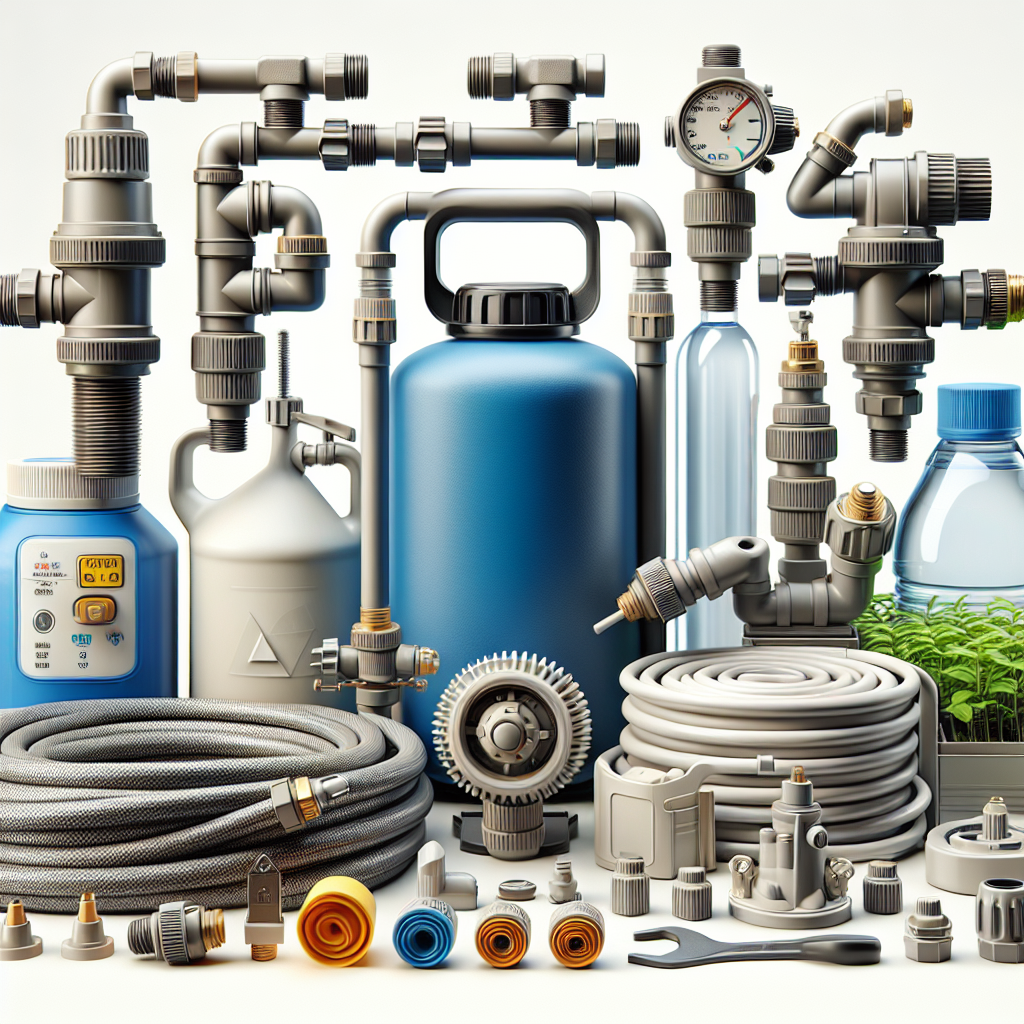Setting up a slow drip system is an efficient way to water your garden or plants. This system delivers water directly to the roots of plants, reducing water waste and promoting healthier growth. In order to set up a slow drip system, there are several essential supplies that you will need to ensure its success.
1. Drip Irrigation Tubing: One of the most important supplies for setting up a slow drip system is the drip irrigation tubing. This tubing is typically made from durable materials such as PVC or polyethylene, and it delivers water directly to the base of plants. The tubing should be long enough to reach all of your plants, and it should be cut to the appropriate lengths for each plant.
2. Drip Emitters: Drip emitters are small devices that are inserted into the drip irrigation tubing to regulate the flow of water. These emitters come in various styles and sizes, so it is important to choose ones that are suitable for your specific needs. Some emitters have adjustable flow rates, while others are designed for specific plant types.
3. Connectors and Fittings: In order to connect the drip irrigation tubing together and attach it to a water source, you will need a variety of connectors and fittings. These include hose connectors, barbed fittings, tees, elbows, and end caps. It is important to choose fittings that are compatible with your tubing size and type.
4. Pressure Regulator: A pressure regulator is an essential component of a slow drip system because it helps control the flow of water through the tubing. Without a pressure regulator, water could flow too quickly or too slowly through the system, leading to inconsistent watering of plants.
5. Filtration System: To prevent clogging of emitters and tubing, it is important to install a filtration system in your slow drip system. A filter will remove sediment and debris from the water before it reaches your plants, ensuring that they receive clean and fresh water.
6. Timer: A timer is another essential supply for setting up a slow drip system because it allows you to schedule when your plants are watered. Timers can be programmed to turn on and off at specific times each day or week, ensuring that your plants receive consistent watering without over or under-watering them.
7. Support Stakes: To keep your drip irrigation tubing in place and prevent damage from wind or foot traffic, support stakes should be used throughout your garden or plant beds. These stakes can be easily inserted into the ground and provide stability for the tubing.
8. Mulch: Mulch can help retain moisture in the soil around your plants by preventing evaporation. By adding a layer of mulch around each plant bed or garden area, you can reduce the amount of water needed for watering while also protecting plant roots from heat stress.
9. Tools: In addition to these supplies, you may also need some basic tools such as scissors for cutting tubing, pliers for installing connectors and fittings, and a shovel for burying tubing underground.
In conclusion, setting up a slow drip system requires careful planning
and consideration of essential supplies such as drip irrigation tubing,
drip emitters,
connectors,
pressure regulator,
filtration system,
timer,
support stakes,
mulch,
and tools.
By investing in these supplies
and following proper installation techniques,
you can create an efficient watering
system that promotes healthy growth
of your plants while conserving
water resources.
With proper maintenance
and monitoring,
a slow drip system can provide reliable
irrigation throughout
the growing season
and beyond.
So gather these essential supplies today
and start reaping
the benefits of an effective
slow drip watering
system for
your garden
or landscaping project!













